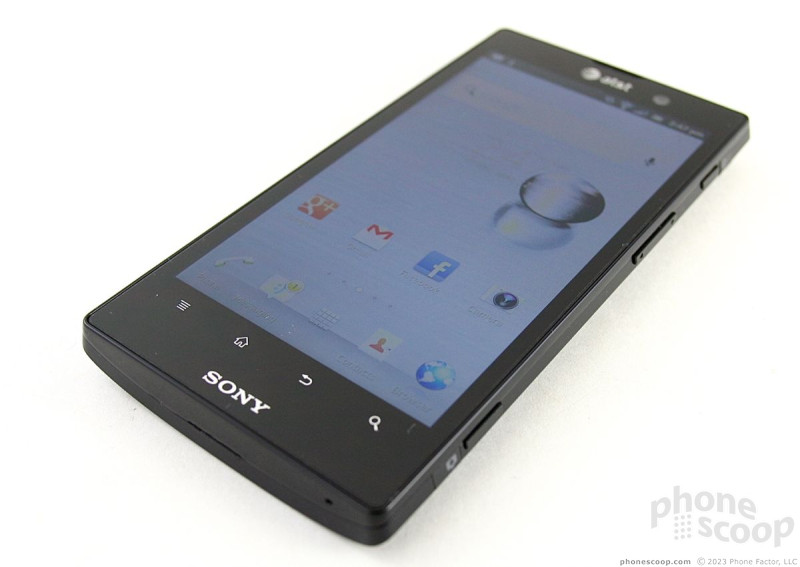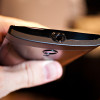Review: Sony Xperia Ion for AT&T
Sony Ericsson phones have maintained a certain stylistic flair over the years. One might call the design language quirky, colorful, or quixotic. I was hoping to see Sony Mobile take a different design approach now that it has ditched Ericsson's involvement and strike out on a bold new path. It hasn't. The Xperia Ion from Sony follows the same path set by the myriad other Xperia devices already in the market. In fact, it skips the coolest feature of the Xperia P and U (the see-through strip.)
The Ion has distinct corners on the front giving it a very rectangular appearance. The face has four hard edges where it meets the side surfaces of the Ion. The back of the Ion, in juxtaposition, is a curved surface that is made from several different materials. The glass, metal, plastic, and soft-touch surfaces are separated by horizontal and vertical lines that confuse the overall look rather than bring it any sort of unity.
The Ion fits comfortably in your hand thanks to the curved back, though. It's not too weighty, and I was able to balance the phone in one hand easily without stretching my thumb too far across the display. Despite the brushed aluminum back plate, there's enough plastic on the Ion to detract from the overall quality of the device. Fewer lines and surfaces with tighter construction would be better. As it is, the Ion is slightly creaky.
It's thin enough to fit in most pockets, but due to the trapezoidal shape of the phone, it's more comfortable if you put it in with the screen against your leg.
The front surface consists of little but the display. At the top, the user-facing camera is plainly visible, and the notification light stands out nicely from the black. There are four capacitive buttons for standard Android 2.3 functions.
They are some seriously cruddy buttons. Each button is about 5mm below the bottom edge of the display. The buttons are underlined with a glowing strip of dashes. When the buttons have been activated, both the symbol and dash light up. The problem is, pressing the symbol — the area on the Ion's surface where the button is painted — doesn't actually work. I found that I had to press the area in between the button and the bottom edge of the display to get them to work properly. This is a real pain in the butt when using the phone in the dark, because your instinct is to press the button, not the area above the button. It's either misaligned, or just an amazingly poor design. Other reviewers noticed a similar problem.
The microUSB and microHDMI ports are on the left edge of the phone and are protected by a hatch. I found the hatch to be finicky and annoying. The camera, volume, and power keys are all on the right edge of the Ion. All three have a cheap feel to them and none provide good travel and feedback. The camera button, which is nice to have, is a two-stage button. I didn't think the stages were defined well enough. The volume toggle barely has any travel and feedback, and the power/lock button is mushy at best. There's a 3.5mm headset jack on the top.
The Ion's battery cannot be removed, but the small plastic areas at the top and bottom of the Ion's back surface can be peeled off - with difficulty - if you really want to remove them. The bottom one only reveals a sticker with the FCC ID and other data on it. The top one provides access to the SIM card slot and microSD card slot.
From a distance, the Xperia Ion looks good. In the hand, and in daily use, it could be a lot better.

















 Hands-On: Sony Xperia Ion
Hands-On: Sony Xperia Ion
 Sony Xperia ion
Sony Xperia ion



